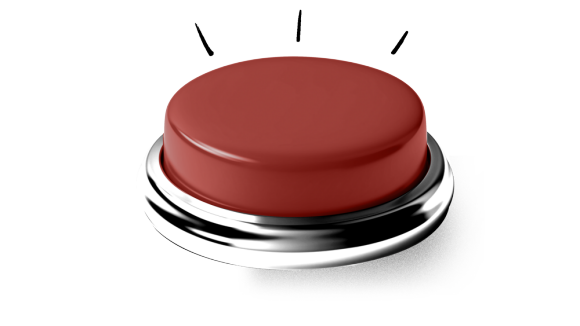What does our expert say? – Assets
Exchange-traded funds (ETFs) in focus
Exchange-traded funds are a popular, established investment instrument. Our expert Giovanna Cilia explains why.

What does our expert say? – Assets
Exchange-traded funds are a popular, established investment instrument. Our expert Giovanna Cilia explains why.

The main points in a nutshell:
What is an ETF?
An ETF (exchange-traded fund) is a fund that tracks the performance of its underlying index. ETFs are thus classed as passive investment instruments, as the selection of individual investments within the fund is already determined by the index and unaffected by active management. This eliminates the need to select securities, which can be time-consuming. This is why the annual costs of ETFs are lower than those of actively managed investment funds. ETFs are available in a variety of asset classes (e.g., stocks, bonds, commodities and real estate). An underlying index can be, for example, the Swiss Market Index (SMI), the most important Swiss stock index.
How are ETFs traded?
ETFs can be bought and sold both on the stock exchange and over the counter (OTC) intraday, i.e., within the same trading day. OTC transactions can be made at any time during trading hours. For investors, this means that an ETF – similar to a stock – has a “constant” price. You can thus check the cost of an ETF at any time. However, classic investment fund units are usually only traded once a day. You should also be aware that ETFs are classed as special assets and are thus unaffected by the solvency of the provider.

Expand your financial knowledge
Would you like to learn more about “assets”? Then subscribe to our “Assets” learning path today.
How are ETFs formed?
ETFs replicate existing investment indices. They allow investors to invest directly in an entire index via individual fund units easily. There are two main ways to replicate indices:
1. Physical replication
Full physical replication is when an ETF invests directly in all securities included in the index. An ETF on the Swiss Market Index would thus directly acquire shares from all companies represented in the SMI. In the case of optimized replication, the ETF merely acquires some of the underlying assets. This approach makes sense if an index comprises a high number of securities that would be difficult and costly to trade.
2. Synthetic replication
A synthetically replicated ETF is one that makes a “swap” agreement with a counterparty. In the case of a swap, the yield and the performance of the underlying financial instrument (in the case of ETFs, this is the index) are exchanged for payments of a suitable amount. This gives rise to a mutual obligation between the ETF and the swap counterparty. The ETF is obliged to provide the counterparty either with the return from an asset portfolio it holds or corresponding cash assets. The swap counterparty, on the other hand, must provide collateral for the index performance and to safeguard against default risk. The value of the collateral usually exceeds that of the position.
I would like to invest in an ETF. What do I need to do?
ETFs reflect a wide variety of asset classes (stocks, bonds, commodities and real estate) and index methodologies (market capitalization, factor investments, sustainable orientations, etc.). Just as with other investments, choosing a suitable ETF requires a fundamental investment decision in advance. Your choice of index is of key importance here, as the ETF investment will track its every movement. Whichever ETF you choose must be based on your personal investment strategy.
Transaction costs such as bank fees, stamp duties and stock exchange fees apply when buying and selling an ETF. As an exchange-traded security, there is usually a spread between the bid and the ask price of an ETF, which corresponds to the difference between the buying and the selling price.
The annual fee for ETFs is referred to as the “total expense ratio” (TER). The TER is expressed as a percentage deducted from the investment amount each year. As a passive investment instrument, the annual costs of an ETF are usually lower than those of actively managed investment funds, as the underlying investments in the ETF do not change over time.
Since an ETF tracks the underlying index exactly, the performance of the fund will also mimic that of the index. This makes the performance of the fund clear and easy to understand. ETFs are thus suitable for investing in asset classes with different investment strategies. Investors can, for example, reduce risk by diversifying their portfolio. You can also focus on specific areas, such as the UBS Gender Equality ETF, which creates added value through gender diversity. It is therefore highly important to consider your current asset allocation and individual strategy when adding a new ETF investment to your portfolio.
UBS offers a broad range of physically and synthetically replicated ETFs. Select your ETFs from different asset classes such as stocks, corporate bonds, alternative beta, real estate, commodities and precious metals. Find out more at.
Giovanna Cilia, UBS Asset Management
Giovanna Cilia is an expert in ETFs and index funds, and has been working at UBS for seven years.